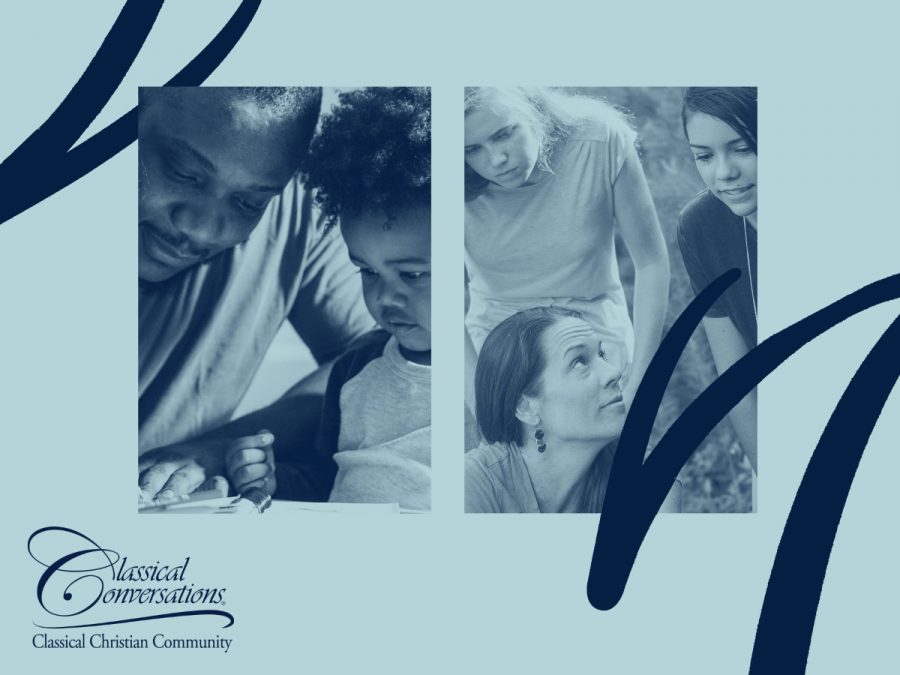The No Child Left Behind Act of 2001 (NCLB) was an act of the United States Congress that reauthorized the Elementary and Secondary Education Act of 1965 (ESEA). The purpose of ESEA was to provide direction and funding to elementary and secondary schools. NCLB created new requirements that set educational standards, developed standardized tests, and reformed public schools that failed based on these criteria. The aim of NCLB was to help improve learning opportunities for all students and close the achievement gap. Schools with low performance would either receive grants to attract better teachers or students would be eligible to move to a better school choice, or receive free tutoring.
In 2015, the NCLB Act had been amended. The new act, Every Student Succeeds Act, strips away the national features of the NCLB Act and the states are now accountable for setting academic standards. However, the mindset of providing standardized and test-driven education still dictates teaching standards in public schools today.
NCLB was written with good intentions, but it has created more problems than solutions. In many cases, this legislative act has prevented students from reaching their full potential. Here are some of the failings created by the No Child Left Behind Act.
Criticism of No Child Left Behind Act
- School districts were under intense pressure to form academic standard that had to be met by all students.
- Failure to comply with these standards after four years meant state intervention and schools faced pressure to shut down.
- Schools would water down curriculums in order to pass students.
- NCLB put more focus on math and reading skills, creating disproportionate lesson plans.
- This change created regulated and dictated lessons. A federally regulated education system is easily influenced by policy makers.
- NCLB placed too much emphasis on standardized testing.
- This forced teachers to “teach to the test” in order for students to pass standardized exams.
- Student learning was impeded because lessons focused on math and reading. There was little to no focus on social studies, foreign languages, and the arts.
- Students were disadvantaged compared to international students because the focus was passing students, not developing their skills.
- Many students missed out on a fully rounded education.
- Students performed poorly because teachers were pressured to “teach to the test”.
- Highly qualified teachers were unevenly distributed between poor and wealthier schools.
Homeschool Protection
Home School Legal Defense Association (HSLDA) was formed in 1983 to defend families’ rights to choose their education. HSLDA sought to protect against nationalized testing, nationalized curriculum, nationalized teacher certification, and a national database of student specific information. HSLDA successfully worked with Congress in 2001 to ensure that NCLB would not regulate the actions and curriculum of homeschoolers, private and religious schools that did not receive any federal funding. The HSLDA continues to work with Congress to ensure these protections are met. Families are free to choose any form of education for their children because of the work HSLDA has done.
Conclusion
NCLB was created to close the achievement gap, but with standardized education came a lot of complications. School districts would water down the tests, so that students would pass, instead of helping students who struggled with math and reading. School districts were focused on a “no fail” policy as opposed to teaching students and helping them understand concepts. Fortunately, parents are still able to help advance their student’s education without a standardized education. For now, homeschooling parents need not worry about NCLB affecting them. With the help of HSLDA, Congress has ensured that standardized tests and education will not be required of homeschools, private schools or religious schools.




